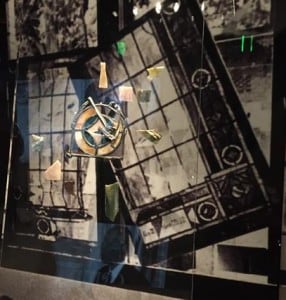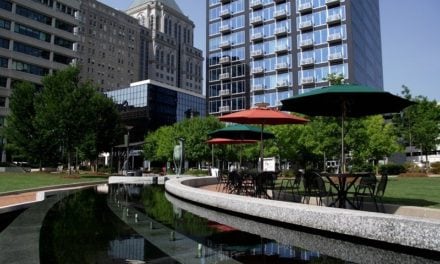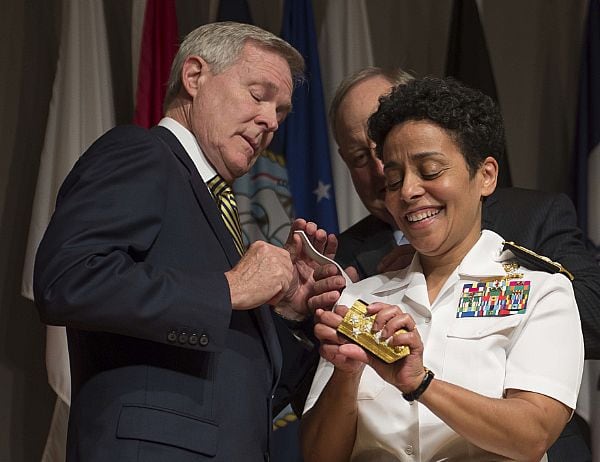 WASHINGTON (AP) — I was feeling pretty good until I saw the cowry shells.
WASHINGTON (AP) — I was feeling pretty good until I saw the cowry shells.
There they sat, arranged in neat little stark-white semi-circles on a dark pedestal lit by a spotlight. Disbelief made me lean in and read the display caption twice: “Cowries, manillas, beads and guns changed hands in exchange for African men, women and children.”
My people were bought with play money? Wow.
I expected the new Smithsonian National Museum of African American History and Culture to hold some surprises. The very thing that this museum is about — the contributions of black people to U.S. society — has been untaught for so long that the truth remains elusive.
Or at least, it remained elusive until now. Walking up to the museum, an ornate bronze structure situated beside the Washington Monument like pieces on a chess board, I wondered if truth would indeed be my friend inside this place.
You see, I was born in the segregated South. Like most Americans, I learned very little in school about my country’s complex racial legacy, including the events that unfolded during my lifetime. I had to gather knowledge through any means I could: The internet. Documentaries. Lectures. Conversations with the elders. Class projects for what was then called Negro History Week. Books borrowed from the library or friends or, in the case of Black Panther activist Eldridge Cleaver’s memoir “Soul on Ice,” found under my sister’s bed.
Hunting down black facts has been a lifelong habit. Being suddenly able to feed this habit via one-stop shopping was a bit of a shock to my system.
Photo: Alan Karchmer/NMAAHC









